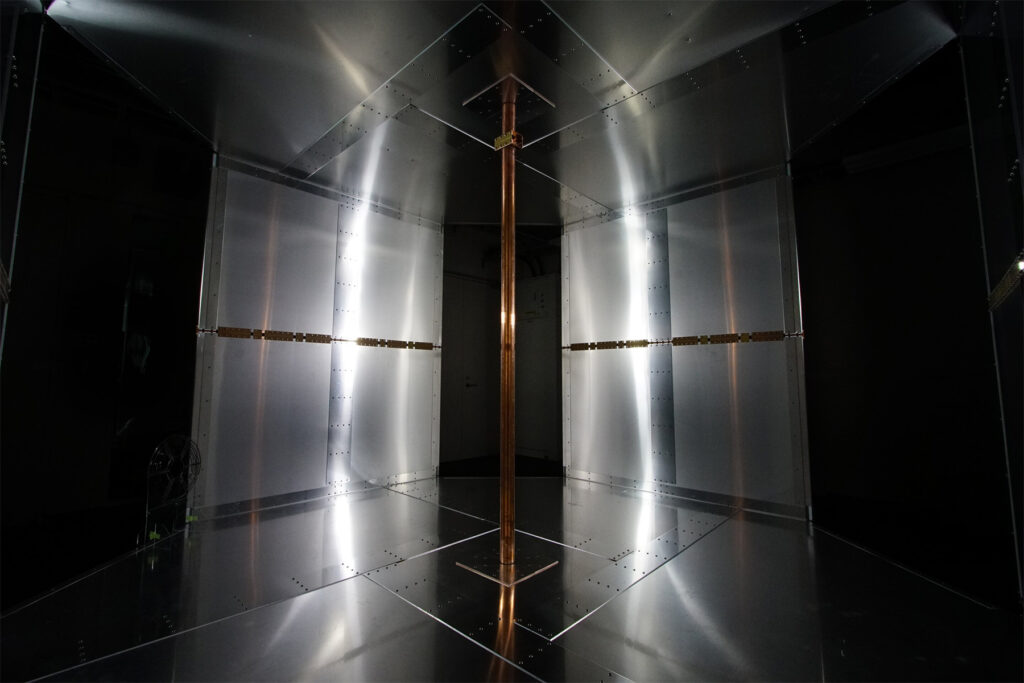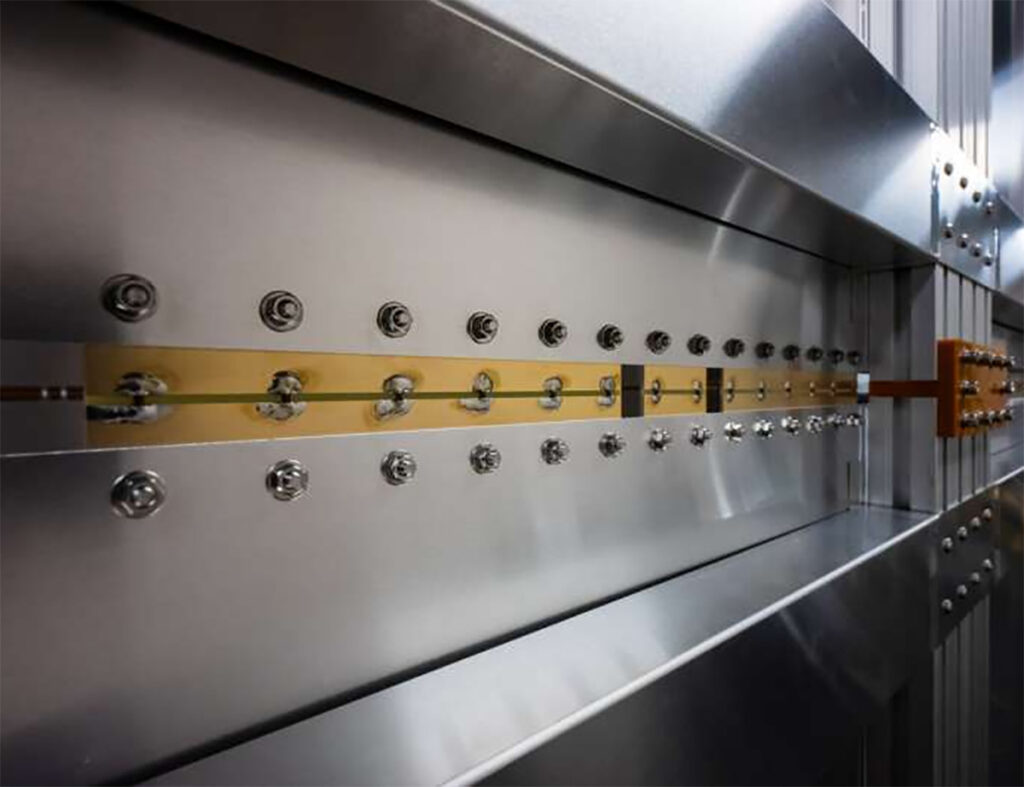Wireless Charging Room System Provides Power to Laptops, Phones, and Lights
If you’re like every other people today, chances are you have tangled charging cords on your tables or counters. You might even be missing a few of your chargers or accumulated chargers for devices that are long gone, either broken or replaced.
But with a new invention, you can expect to have a cleaner desk and keep your chargers in storage. That is because the charging of electronic devices will be over the air, wireless in short.
New study
The research team from the University of Tokyo has developed a new system that will safely deliver electricity over the air. This means that a building or a room can become a wireless charging area.
The team projects many potentials for their invention. According to the details of their study, their technology’s magnetic fields can deliver electric power of up to 50 watts. Aside from releasing laptops and phones from charging cords, the new technology can power implanted medical devices. There are also possibilities to use the technology for mobile robotics in manufacturing companies and homes. Aside from studying how to provide power to large spaces, the researchers are also implementing the system in smaller areas, such as a toolbox, to charge small power tools.
Future applications
Once the study is completed, and the implementation is approved, the research team envisions that people can use a computer or any electronic device without worrying about chargers, which are often misplaced. They are also looking at the system having clinical applications. For example, heart implants will no longer need wires to connect the pumps to external power supplies, effectively reducing the risk of infection. As a result, heart patients will be more comfortable, and their quality of life will improve.
Demonstration
In their live demonstration, they used a purpose-built ten feet by ten feet test room made of aluminum. Their system provided power wirelessly to cell phones, electric fans, and lamps. The system can draw current from any place in the room regardless of the position of furniture and people.
Different from other wireless charging systems
The Japanese research team’s wireless charging system is an improvement from other systems developed previously. The wireless charging systems in the past used charging pads to charge devices. Others used microwave radiation, which has a limited range, and can have harmful side effects. The new system uses a conductive surface on the room walls and a conductive pole for generating magnetic fields.
But this will mean some changes in the design and manufacture of electronic devices because they have to integrate wire coils that will harness the magnetic field.
According to the researchers, the system can be scaled up or down while following current safety guidelines for human’s exposure to electromagnetic fields. A new building can implement the system during construction, but it will be possible to retrofit the system in existing buildings. The commercial buildings and manufacturing buildings have metal support poles already. Spraying the wall surface with conductive material will create the wireless charging environment.
The research team’s wireless charging system used lumped capacitors. These devices are placed in wall cavities. The capacitors trap the electric fields while generating magnetic fields all over the room.
It will take more than a few years to perfect this new wireless charging system. They have already resolved how to provide magnetic to every part of a room to avoid dead spots since magnetic fields travel in a circular pattern. However, they have to deliver higher power levels (50 watts at the moment). Moreover, they have to follow the FCC guidelines on exposure to magnetic fields. Another thing they have to hurdle is developing a smaller and handier system for residential use because homeowners would not want to install copper poles and aluminum walls in their homes.
The research team is from the University of Tokyo with support from the Japan Society for the Promotion of Science and the Japan Science and Technology Agency.

